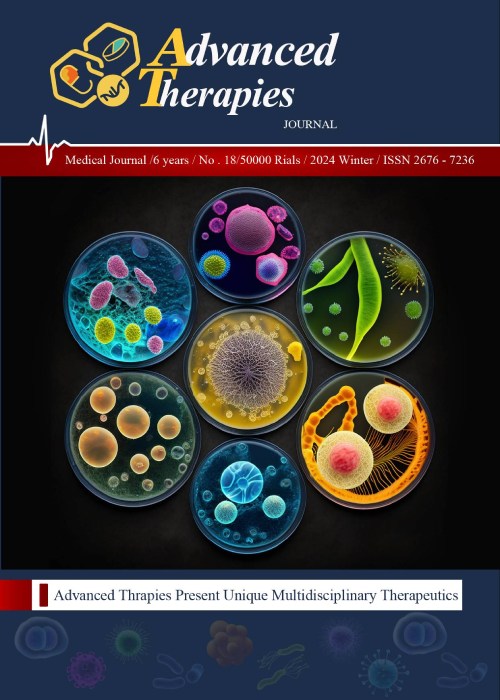Selecting Municipal Solid Waste Landfill Site in Kashan City Using OWA and TOPSIS Fuzzy Methods
Nowadays, the municipal solid waste landfill is one of the major disposal methods used in many countries of the world including Iran. Like any other engineering projects, landfill site selection requires precise information and clear planning. Considering various factors involved in selecting a suitable place for a landfill and the extensive connections between them, experts are, thus, led to a system like GIS that measures different impacts of those factors and analyzes their mutual relationships with sufficient accuracy and speed. As a decision-making model, GIS is capable of managing and organizing various environmental criteria and manage the relevant collected data (Chitazan et al., 2013). From among the multiple decision-making methods, AHP is applied in management science (Mokhtari et al., 2015). Another model is the Topics Fuzzy method which is based on the selection of an option that has the minimum distance with the ideal positive solution and the maximum distance with the ideal negative solution. another model is the ordered weighted average (OWA) which is also another decision-making issue and a risk-taker and risk-avoider method in which a risk-taker emphasizes the good and bad properties of an option, and a risk-avoider emphasizes its bad properties (Yager, 1988).
Kashan is the second largest city of Isfahan province with an area of 4,392 km2 and a population of 364482 people. By studying environmental and health guidelines as well as the status of the target area, 12 effective criteria were identified for landfill site location (Sydikai et al., 1996 and Gyor Salanguch, 2012). Due to the incompatibility of factors, standardization was carried out by the fuzzy method. To determine the significance of the factors (weight), the criteria were compared with each other. Each score was also scored from 1 to 9 and weights were calculated via Expert Choice software. (Rajabi et al., 2011). Then, the OWA method was used to overlay the effective criteria. The weighted average method is a sequence of multivariate functions which consists of two groups: standard weights and ordered weights. Subsequently, to prioritize suitable sites, they were ranked by the fuzzy TOPSIS method concerning the fourth scenario as an example. The basis of the fuzzy TOPSIS method is to choose an option that has the least distance from the ideal positive solution and the maximum distance from the ideal negative one (Asgharpour, 2006; Moeineddin et al., 2010). Finally, the proximity coefficient of each option is obtained by considering the positive and negative ideal points according to the following equation:
By studying environmental and health guidelines as well as the status of the target area, a suitable landfill site was selected and determined according to their 12 effective criteria. The weights assigned to each of the criteria effective in locating was calculated by the AHP method. These weights showed that groundwater depth and distance from wells and springs and agricultural areas are the most important criteria and distance from roads industrial areas have are the least important criteria in locating solid waste landfills in Kashan, respectively. After standardizing the information layers according to fuzzy logic, the OWA method was used to choice choose the appropriate landfill sites according to seven scenarios with different degrees of risk. Prioritization of the three suitable locations based on the fourth scenario corresponding to the weighted linear combination was done through the fuzzy TOPSIS method. The results showed the preference of site three over the other two ones. The final location map was based on different scenarios and in this study, the fuzzy TOPSIS method was used to rank the appropriate areas. In this study, the ranking of suitable areas was considered in the fourth scenario, which corresponds to the linear combination method.
The importance of groundwater depth and distance from wells and spring compared to other factors indicate the possible role of landfills in the contamination of water resources. In this study, the weighted averaging method was used to select the appropriate landfill for solid wastes. One of the most important features of this method is its degree of risk-taking which has a high ability to solve complex decision-making problems. In addition to its ability in identifying suitable locations for sanitary landfills, the OWA method also prioritizes options with varying degrees of risk. The methods used in this study could be applied to similar cases that need to be decided on environmental issues and water resources, but it should be noted that the criteria and their boundaries are influenced by problems and conditions in each area. Also, the existence of suitable locations for the sanitary landfill in Kashan is a good opportunity for the municipality or related entities to consider landfilling of solid waste in these areas, taking into account their social, political, economic, cultural, and environmental conditions, while taking action to avoid the current complications of solid waste.
- حق عضویت دریافتی صرف حمایت از نشریات عضو و نگهداری، تکمیل و توسعه مگیران میشود.
- پرداخت حق اشتراک و دانلود مقالات اجازه بازنشر آن در سایر رسانههای چاپی و دیجیتال را به کاربر نمیدهد.


